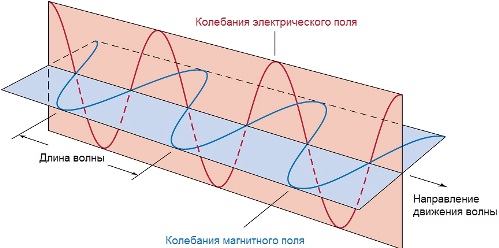Electromagnetic field - history of discovery and physical properties
Electric and magnetic phenomena have been known to mankind since ancient times, after all they saw lightning and many ancient people knew about magnets that attract certain metals. The Baghdad battery, invented 4000 years ago, is one of the proofs that mankind used electricity long before our days and obviously knew how it worked. However, it is believed that until the beginning of the 19th century, electricity and magnetism were always considered separately from each other, considered as unrelated phenomena and belonging to different branches of physics.
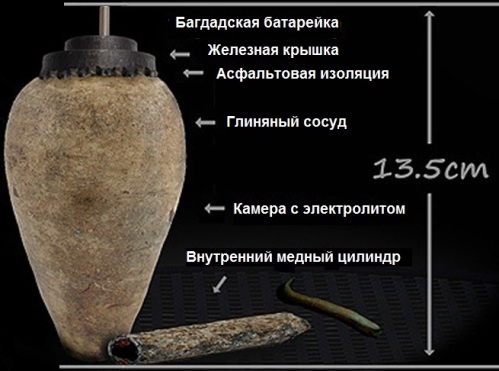
The study of the magnetic field began in 1269 when the French scientist Peter Peregrin (Knight Pierre of Mericourt) marked the magnetic field on the surface of a spherical magnet using steel needles and determined that the resulting magnetic field lines intersected at two points which he called "poles" by analogy with the Earth's poles.
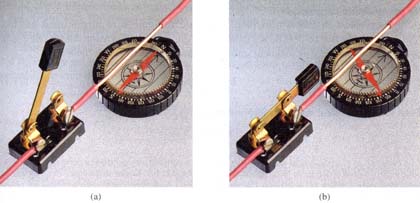
Oersted in his experiments only in 1819.found the deflection of a compass needle placed near a current-carrying wire, and then the scientist concluded that there was some connection between electrical and magnetic phenomena.
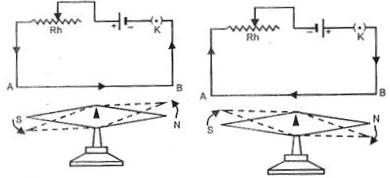
5 years later, in 1824, Ampere was able to mathematically describe the interaction of a current-carrying wire with a magnet, as well as the interaction of wires with each other, so it appeared Ampere's Law: "The force acting on a current-carrying wire placed in a uniform magnetic field is proportional to the length of the wire, magnetic induction vector, current and sine of the angle between the magnetic induction vector and the wire «.
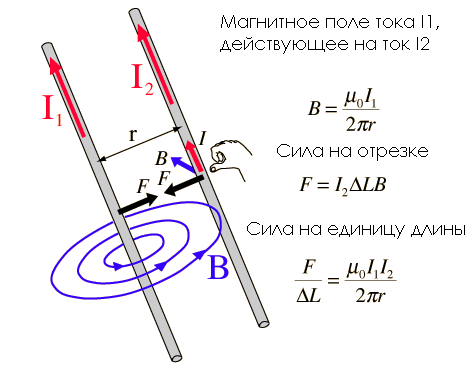
Regarding the effect of a magnet on a current, Ampere suggested that inside a permanent magnet there are microscopic closed currents that create a magnetic field of the magnet interacting with the magnetic field of a current-carrying conductor.
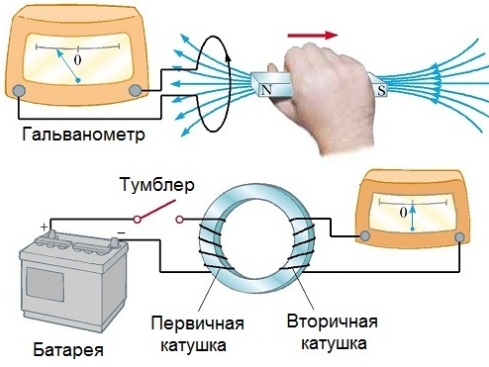

After another 7 years, in 1831, Faraday experimentally discovered the phenomenon of electromagnetic induction, that is, he managed to establish the fact of the appearance of an electromotive force in a conductor at the moment when a changing magnetic field acts on this conductor. Look - practical application of the phenomenon of electromagnetic induction.
For example, by moving a permanent magnet near a wire, you can get a pulsating current in it, and by applying a pulsating current to one of the coils, on the common iron core with which the second coil is located, a pulsating current will also appear in the second coil.
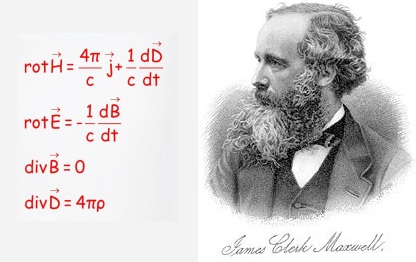
33 years later, in 1864, Maxwell succeeded in summarizing already known electric and magnetic phenomena mathematically — he created a theory of the electromagnetic field, according to which the electromagnetic field includes interconnected electric and magnetic fields. So, thanks to Maxwell, it became possible to scientifically combine the results of previous experiments in electrodynamics.
A consequence of these important conclusions of Maxwell's is his prediction that, in principle, any change in the electromagnetic field must generate electromagnetic waves that propagate in space and in dielectric media with a certain finite speed that depends on the magnetic and dielectric permittivity of the medium for propagation wavy.
For a vacuum, this speed turned out to be equal to the speed of light, in connection with which Maxwell assumed that light is also an electromagnetic wave, and this assumption was later confirmed (although Jung pointed out the wave nature of light long before Oersted's experiments).
Maxwell, on the other hand, created the mathematical basis for electromagnetism, and in 1884 Maxwell's famous equations appeared in modern form. In 1887, Hertz confirmed Maxwell's theory of electromagnetic waves: The receiver will pick up the electromagnetic waves sent by the transmitter.
Classical electrodynamics deals with the study of electromagnetic fields.In the framework of quantum electrodynamics, electromagnetic radiation is considered as a flow of photons, in which the electromagnetic interaction is carried by carrier particles — photons — massless vector bosons, which can be represented as elementary quantum excitations of an electromagnetic field. Therefore, a photon IS a quantum of the electromagnetic field from the perspective of quantum electrodynamics.
The electromagnetic interaction is today considered one of the fundamental interactions in physics, and the electromagnetic field is one of the fundamental physical fields along with the gravitational and fermionic fields.
Physical properties of the electromagnetic field
The presence of electric or magnetic fields or both in space can be judged by the strong action of the electromagnetic field on a charged particle or on a current.

The electric field acts on electric charges, both moving and stationary, with a certain force, depending on the strength of the electric field at a given point in space at a given time and on the magnitude of the test charge q.
Knowing the force (magnitude and direction) with which the electric field acts on the test charge, and knowing the magnitude of the charge, the electric field strength E at a given point in space can be found.
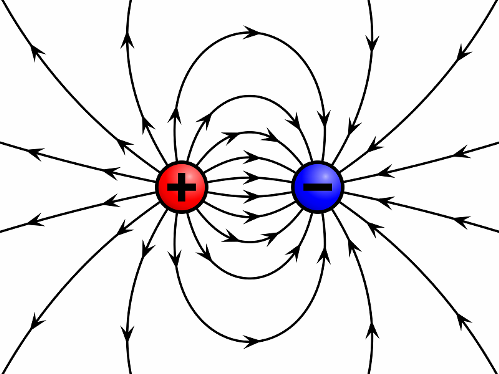
An electric field is created by electric charges, its lines of force begin at positive charges (conditionally flow from them) and end at negative charges (conditionally flow into them). Thus, electric charges are sources of electric field. Another source of the electric field is the changing magnetic field, which is mathematically proven by Maxwell's Equations.
The force acting on an electric charge from the side of the electric field is part of the force acting on a given charge from the side of the electromagnetic field.
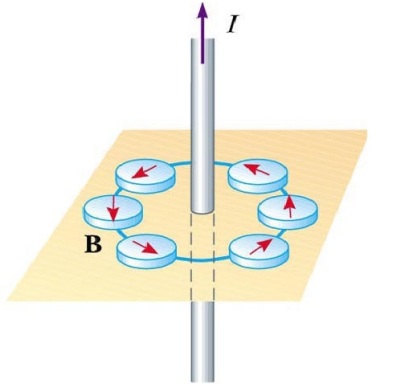
A magnetic field is created by moving electric charges (currents) or by time-varying electric fields (as seen in Maxwell's equations) and acts only on moving electric charges.
The strength of the action of the magnetic field on a moving charge is proportional to the induction of the magnetic field, the magnitude of the moving charge, the speed of its movement and the sine of the angle between the induction vector of the magnetic field B and the direction of the speed of movement of the charge. This force is often referred to as the Lorenzobache force is only the "magnetic" part of it.
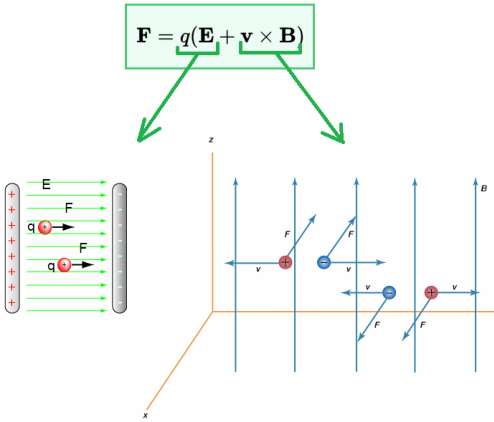
In fact, the Lorentz force includes electric and magnetic components. The magnetic field is created by moving electric charges (currents), its lines of force are always closed and cover the current.

